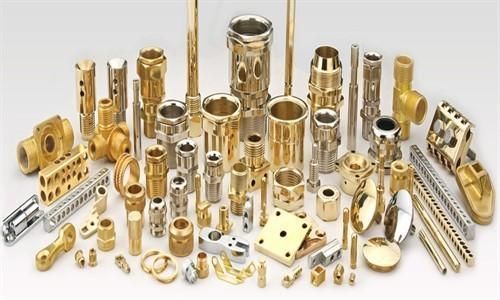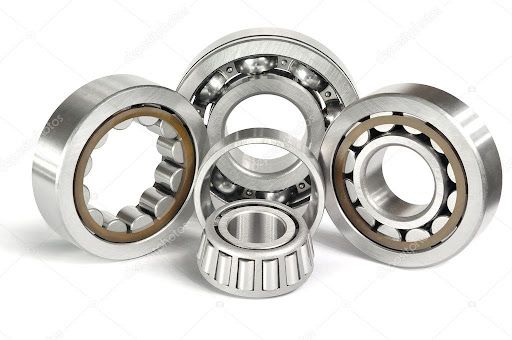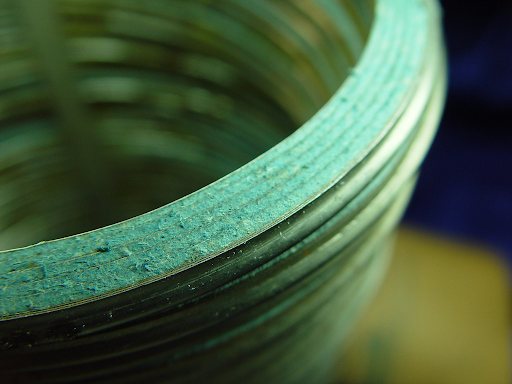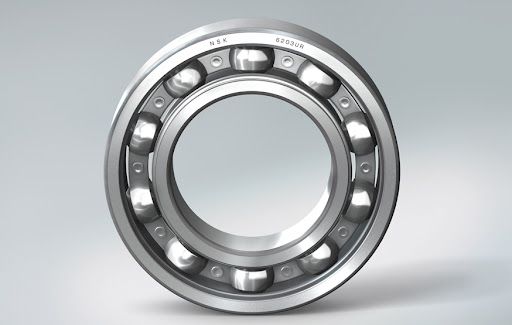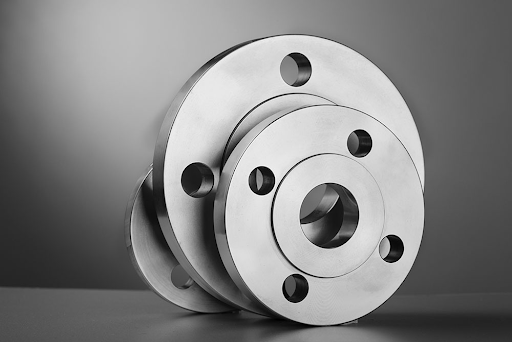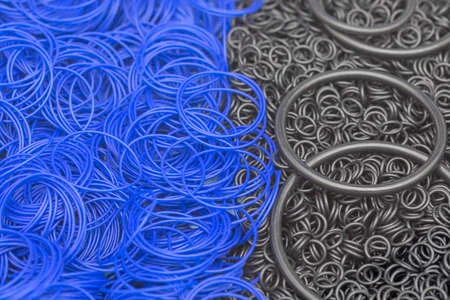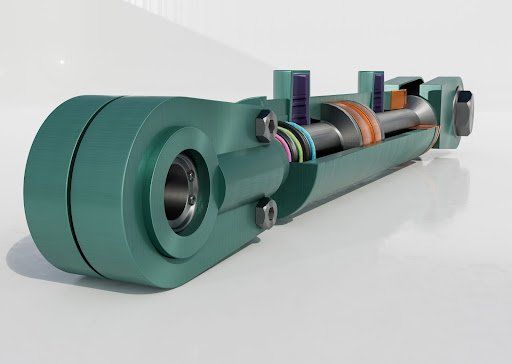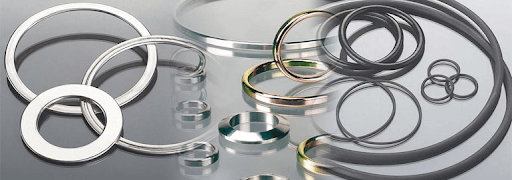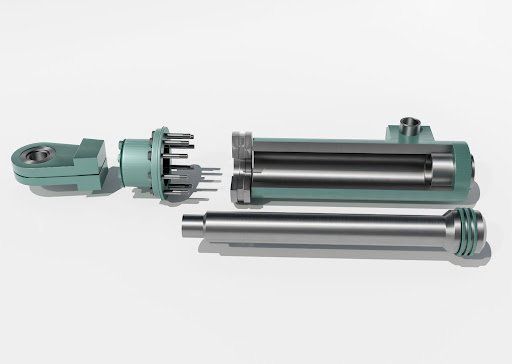Back To Bearing Basics
Back To Bearing Basics
Bearings are the core of our business at Bearing Centre, but it’s been a while since we’ve focused purely on what these highly engineered, precision made components are and how they make our lives so much easier.
What Are Bearings?
Your basic bearing resembles a metal wheel with caged metal rollers or balls. The purpose of this design is to enable machinery or devices to roll or move at very high speeds while carrying large loads with ease. The rolling mechanism of the bearing reduces the friction between the two surfaces that come into contact during motion, making it easier to move in either a rotary or linear direction.
The term ‘bearing’ comes from the verb ‘to bear’, as in to ‘support’ or ‘carry the weight’ of another object. Bearings can be found in applications across the board, including vehicles, aeroplanes, tools, industrial machines, construction equipment, ceiling fans, office equipment, toys and even everyday household appliances. The general idea is that if an object rolls, spins, twists, turns or moves, it most likely has a bearing in it.
Different Types of Bearings
There are many different kinds of bearings, but the two main types are ball bearings and roller bearings. Ball bearings are the most common and are usually made from stainless steel, chrome or ceramic. The design of a ball bearing, which uses metal balls to separate the bearing from the inner race, allows it to handle both radial and thrust loads with a lower weight capacity.
Heavy loads can damage a ball bearing so if the application requires a bearing with a higher load capacity, then a roller bearing is the better option. Roller bearings, which are designed with metal cylinders instead of balls, can endure much heavier loads because the weight is distributed over a larger surface area within the bearing. The drawback of a roller bearing, however, is that it can only manage radial loads and it not suited for thrust loads.
For more information on the various types of ball and roller bearings available, it’s advisable to contact your trusted local supplier. At Bearing Centre, our extensive range of bearings includes all ball and roller bearings, miniature bearings, linear bearings and solutions, as well as needle bearings and bearing kits. Contact us today for all your bearing needs!

